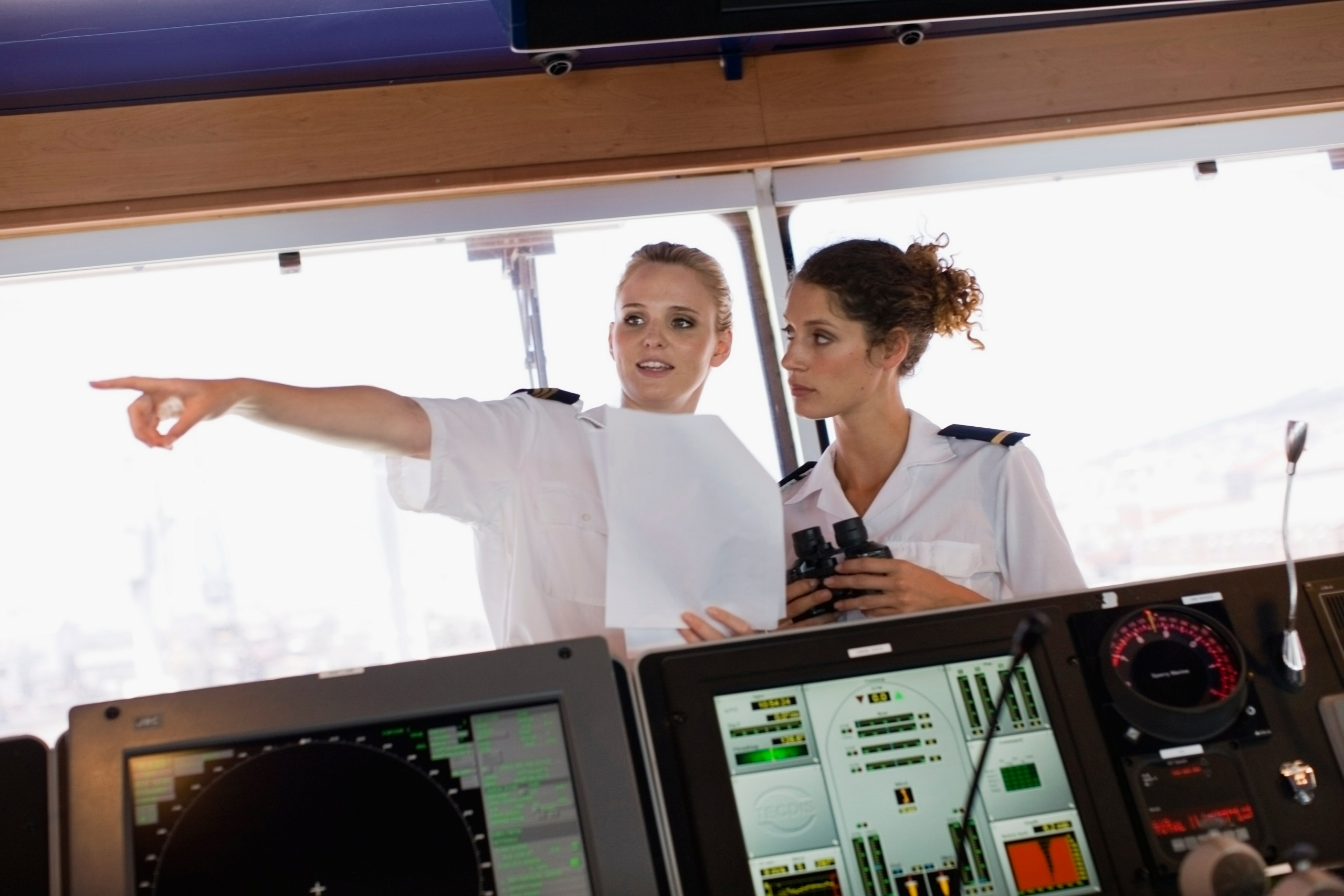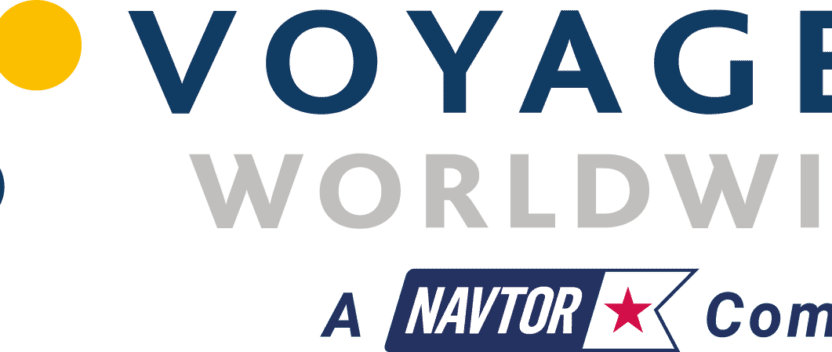A process of continuing education

How does shipping encourage more women to join the industry, fill the skills gap and make decision-making more diverse? It starts with understanding the scale of the problem, where the focus needs to be in encouraging participation and new ways of thinking.
That’s the central takeaway from the first Women in Maritime Survey Report produced by IMO and WISTA and launched on the first IMO International Day for Women in Maritime, 18 May.
And as Despina Panayiotou Theodosiou, WISTA International President notes in the report’s introduction, the findings are telling evidence of how much work still needs to be done.
The report finds that shipowning companies have a reasonably high level of women in senior management and board positions, but the workboat, bunkering, offshore and dredging companies barely touch double percentage figures across their whole workforce.
The survey underscores similar findings from other organizations about the low number of women at sea – despite the ongoing seafarer shortage. At the same time, training companies employ more women than men – suggesting that the majority of seafarers are men but will be trained in some aspects of their role by women.
The report shows some sectors where there are almost no women present, and others where there are elements of parity and equal representation. The approach to building diversity in the former will be different from maintaining and improving the ratios in the latter says Theodosiou.
The survey collated findings from more than 500 companies across the maritime industry, the largest single category being shipowning companies, followed by maritime associations. In the former, women were found to make up some 34% of respondents’ workforces, in the latter, it was 16%.
This is perhaps best understood when assessing the lack of women actually working as crew in the merchant sector – versus a much larger proportion of shoreside staff. In mid-2020, a report by BIMCO and ICS showed that 1.2% of seafarers are women, although the number of female seafarers has increased by 45% compared with findings five years earlier. Across respondents, women make up just 2% of their seafaring personnel.
As well as shipowners of all merchant segments, respondents span a vast array of other frontline operational sectors: port operators; cruise; bunkering as well as workboat industries including fishing, offshore, towage, and dredging.
Respondents also cross a wide range of the supporting maritime industries. In these business areas, women were much more strongly represented, comprising almost entirely shoreside staff. Some of the biggest employers were the cruise industry, crewing agencies, recruiters, public relations, and insurance, which boasted a female workforce of more than 50%.
A parallel study of IMO member states (which managed to record responses from just 45, out of a total of 174) says much about how the issue is viewed around the world.
Within those IMO countries that do collect data on staff in departments and authorities such as the national maritime authority, customs, border control or representatives to the IMO, women make up around 20% of the workforce.
Women make up one fifth of the workforce of the surveyed maritime authorities and agencies of the Member States. If this is to be considered representative of the remainder of the IMO Member States’ authorities, it needs to be improved to ensure the equal participation of women in the maritime industry.
These numbers also confirmed the traditional roles for both men and women. While men are being deployed to potentially dangerous situations, women are tasked with education roles.
While a higher response rate would help validate – or disprove – these findings, the IMO says Member States must be encouraged to start collecting relevant data on female participation ahead of the follow-up survey in 2024.
Of the 45 states who provided data, 41 have already introduced measures to ensure gender equality within their recruitment and promotion process. Some of these measures do not involve any financial resources, such as the neutral use of language in job applications or having a diverse interview panel.
At the same time, half said they ensure pay equality for positions – an important step for retention of staff in the maritime industry.
More work also needs to be done to encourage women to enter into technical roles within the maritime industry. The survey data found that 14% of staff in those core roles are female – a long way away from a balanced gender split. The maritime industry needs to be made attractive to women throughout their career stages – with clear opportunities to develop from junior positions to leading figures within the industry.
A study by consultancy KPMG among 3,000 professional women has shown that “86% of women report when they see more women in leadership, they are encouraged they can get there themselves. 83% of working women know the steps they take in business today will help set the stage for future generations of women in business. And 76% of working women plan to personally take active steps to help other women advance in their careers.”
This clearly shows that given the opportunity, women can and want to make a change to develop an inclusive and equitable maritime industry.


